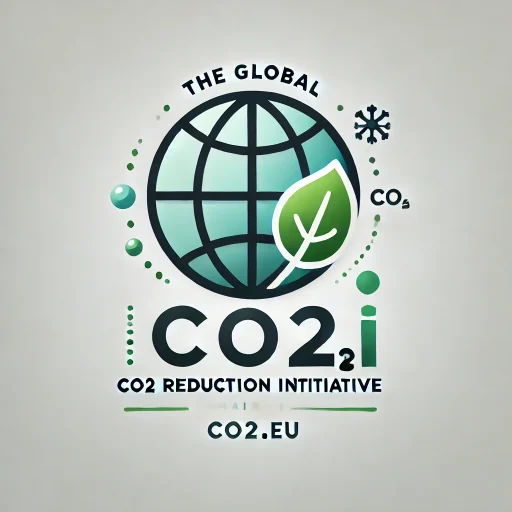Carbon Reduction Activities in Europe: May 19-25, 2025
Executive Summary: The European Union and the United Kingdom have announced a significant collaboration to link their Emissions Trading Schemes (ETS), aiming to enhance carbon reduction efforts across high-emission industries. This initiative is part of a broader strategy to align environmental and economic priorities, including the introduction of the Carbon Border Adjustment Mechanism (CBAM) to level the playing field for domestic companies. Additionally, the EU is preparing for further revisions to its carbon pricing mechanisms to ensure cost-effective and efficient progress towards its climate goals.
Introduction
Between May 19 and May 25, 2025, several key developments in carbon reduction activities were announced in Europe. These initiatives are part of ongoing efforts to meet ambitious climate targets and enhance cooperation between the European Union (EU) and the United Kingdom (UK).
Linking of Emissions Trading Schemes
On May 19, 2025, the UK and the EU announced plans to link their Emissions Trading Schemes (ETS) as part of a broader push for deeper cooperation in reducing emissions across high-polluting industries. This linkage aims to align efforts to support net-zero goals and create a unified carbon market, which is expected to bring economic benefits, lower compliance costs, and reduce trade barriers. The UK ETS, launched in 2021 post-Brexit, will expand to include waste incinerators from 2028. The linkage is seen as a powerful move towards more efficient and cost-effective climate action.
Source: Carbon Herald
Carbon Border Adjustment Mechanism (CBAM)
The new agreement between the UK and the EU will also connect with the EU’s Carbon Border Adjustment Mechanism (CBAM), set to begin on January 1, 2026. The UK plans to implement its own CBAM a year later. This mechanism is intended to level the playing field for domestic companies facing international competition. Aligning with the EU CBAM could save UK exporters around $1 billion (£800 million) in its first year. Swift action to secure mutual exemptions from respective CBAM schemes is considered vital to reduce trade frictions before the EU’s mechanism comes into force.
Source: Carbon Herald
Upcoming Revisions to EU Carbon Pricing
In addition to the ETS linkage, the European Commission is preparing for a review of the EU ETS slated for 2026. This includes launching a Call for Evidence and a public consultation to gather stakeholder input. The EU is also contemplating further revisions to the CBAM and announced an Industrial Decarbonisation Accelerator Act for Q4 2025. These measures are expected to have regulatory and operational implications for EU and non-EU companies, aiming to ensure that the EU ETS contributes to the EU’s goal of carbon neutrality by 2050 as cost-effectively and efficiently as possible.
Source: JD Supra
Conclusion
The announcements made between May 19 and May 25, 2025, highlight significant steps towards enhancing carbon reduction efforts in Europe. The linkage of the UK and EU ETS, along with the introduction of the CBAM and upcoming revisions to carbon pricing mechanisms, demonstrate a strong commitment to achieving climate goals through collaborative and innovative approaches.


Recent Comments